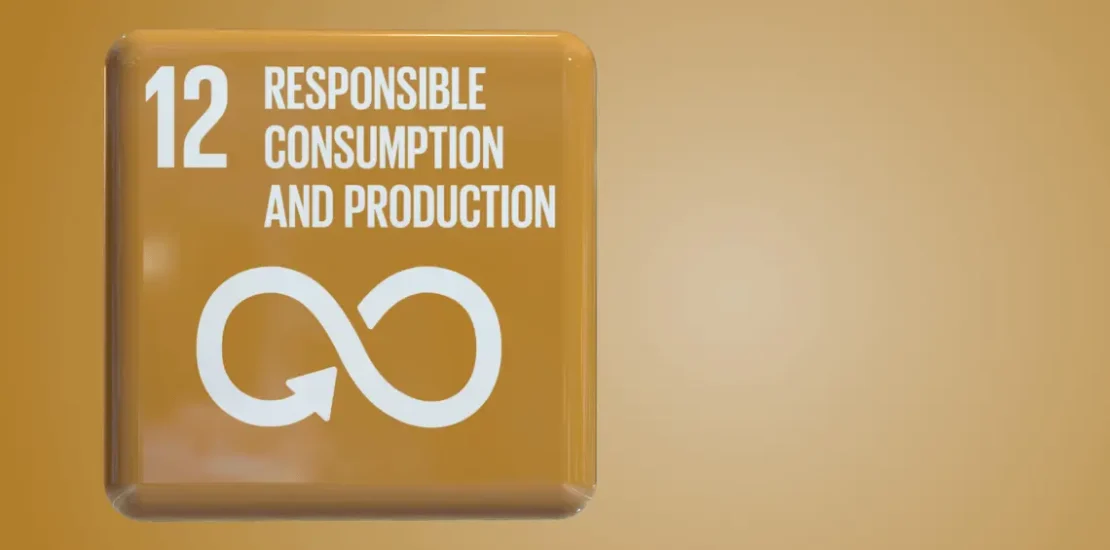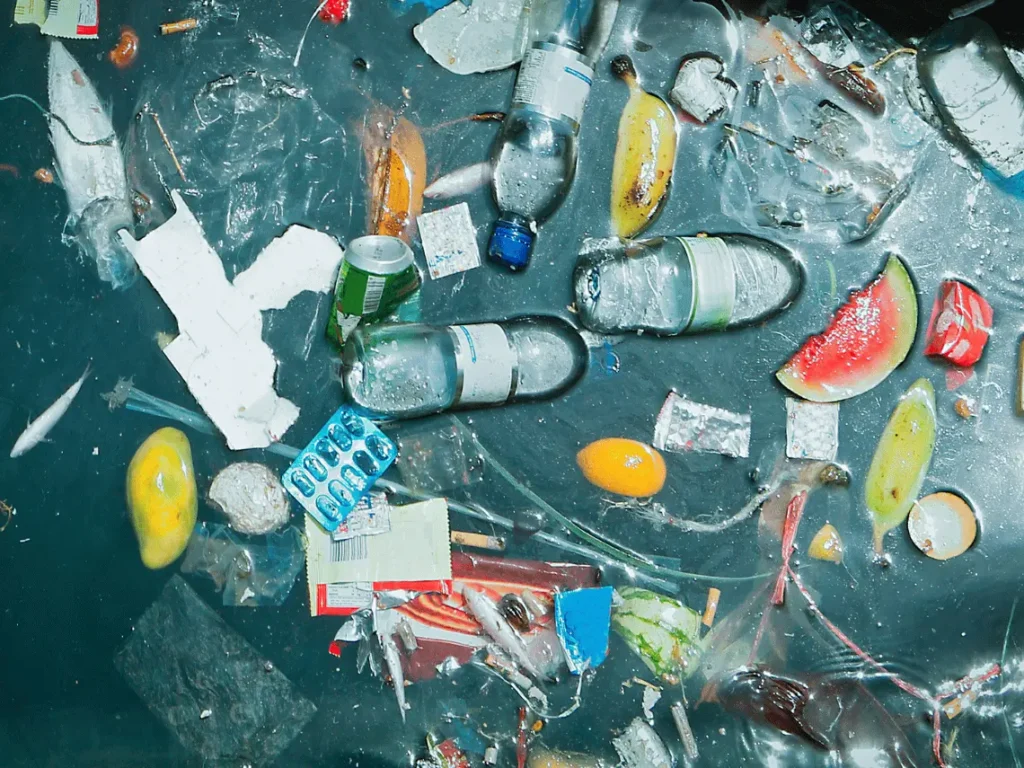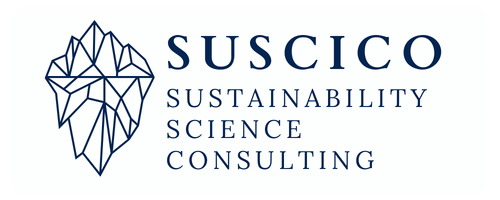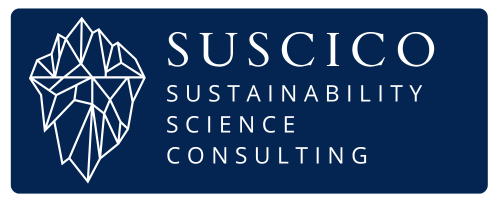Overconsumption and Circular Economy Principles
- 19/12/2024
- Posted by: Ildar Usmanov
- Categories: Trends, Waste

Overconsumption has emerged as a critical global issue, driving environmental degradation, resource depletion, and social inequities. Rooted in psychological manipulation, systemic practices by corporations, and cultural norms that equate success with material accumulation, it creates a cycle of excessive demand and unsustainable practices. As highlighted in numerous studies and reports from organizations like the United Nations Environment Programme (UNEP) and the Ellen MacArthur Foundation, overconsumption not only depletes the planet’s finite resources but also exacerbates social inequalities. This article explores the drivers of overconsumption, its cascading consequences, actionable steps to embrace circular economy principles, and reduce its environmental impact through waste reduction and recycling initiatives.
Drivers of Overconsumption
Psychological Manipulation by Marketing
Modern corporations leverage cutting-edge psychological tactics to create a sense of urgency and desire among consumers. These strategies include:
- Personalized Advertising: Advanced algorithms track user behavior online to craft tailored product recommendations. By aligning ads with individual preferences, they foster a sense of familiarity and necessity, making it harder for consumers to resist.
- Scarcity Appeals and Social Proof: Limited-time offers and endorsements by celebrities or influencers exploit the fear of missing out (FOMO). This technique not only drives impulse buying but also instills a belief that owning specific products enhances social status.
- Aspirational Messaging: Advertisements often connect products with aspirational goals, such as achieving a higher social standing or a better lifestyle. For instance, luxury brands associate their goods with success and exclusivity, prompting consumers to equate ownership with personal value.
As highlighted in the Netflix documentary “Buy Now! The Shopping Conspiracy” these tactics normalize the idea that continuous acquisition is essential for happiness and fulfillment, perpetuating the overconsumption cycle.
Planned Obsolescence
Planned obsolescence—a deliberate strategy to shorten product lifespans—is a key driver of overconsumption. Examples of this practice include:
- Electronics Industry: Devices are often designed with sealed components, making repairs difficult or expensive. Consumers are frequently forced to replace rather than repair gadgets, leading to an ever-growing pile of electronic waste.
- Fast Fashion: Brands release new collections at an unprecedented pace, encouraging consumers to view clothing as disposable. This rapid turnover not only fuels excessive buying but also contributes to environmental degradation.
A UNEP report underscores that these practices have tripled the volume of electronic waste over the past decade, with millions of phones and other gadgets discarded daily. Similarly, in the fashion industry, garments barely worn find their way to landfills, burdening ecosystems worldwide.
Corporate Culture and Transparency Issues
Corporations often prioritize profit margins over ethical and environmental considerations, employing tactics that obscure the true cost of overconsumption:
- Suppressing Environmental Data: Key information about the ecological damage caused by resource extraction and manufacturing is often hidden from public view. This lack of transparency shields companies from accountability.
- Greenwashing: Many companies exaggerate their environmental credentials, using vague terms like “eco-friendly” or “sustainable” without substantiating these claims. Such practices mislead consumers into believing they are making responsible choices.
- Controlling Narratives: Whistleblowers who expose unethical practices frequently face retaliation, enabling companies to maintain control over public perception.

Cultural Norms and Materialism
Society’s emphasis on material wealth as a measure of success perpetuates the overconsumption problem. From luxury goods marketed as status symbols to cultural narratives equating self-worth with possessions, these norms fuel an endless pursuit of new and upgraded items. By constantly reinforcing this materialistic mindset, consumers are trapped in a cycle of excessive buying, even when their actual needs are met.
II. Consequences of Overconsumption
Overconsumption and Environmental Impact
The environmental fallout of overconsumption is profound, affecting ecosystems and the planet’s natural balance:
- Resource Depletion: The relentless extraction of finite resources such as water, forests, and minerals to meet ever-growing consumer demand is unsustainable. For instance, mining for rare earth elements used in electronics devastates landscapes and consumes vast amounts of energy.
- Waste Generation: Overconsumption leads to staggering amounts of waste. Each year, millions of tons of discarded packaging, textiles, and electronics end up in landfills. In Ghana, for example, 15 million unwanted garments are shipped weekly, overwhelming waste management systems and causing severe pollution.
- Climate Change: The production, transportation, and disposal of goods are major contributors to greenhouse gas emissions. Manufacturing processes for items like fast fashion or electronics involve high carbon footprints, accelerating global warming.

Social Inequities
The social consequences of overconsumption disproportionately affect marginalized communities:
- Resource Extraction: Communities near resource extraction sites, such as mines or deforested regions, face environmental degradation and severe health risks from polluted air and water. For example, areas surrounding cobalt mines often report high incidences of respiratory illnesses.
- Economic Disparities: The unsustainable exploitation of resources destabilizes local economies. Regions dependent on depleting natural resources, such as fisheries or forests, face economic collapse as resources run out, leaving communities impoverished.
Economic Instability
Overconsumption creates a fragile economic model that prioritizes short-term profits while neglecting long-term sustainability:
- Over-reliance on Depleting Resources: Industries heavily dependent on finite resources risk collapse as availability dwindles. For instance, the fashion industry’s dependence on cotton—a water-intensive crop—threatens its viability in regions facing water scarcity.
- Global Supply Chain Vulnerabilities: Disruptions in resource availability can lead to cascading failures across industries, jeopardizing jobs and economic stability.

III. Behavioral Shifts for Individuals
Mindful Consumption
Adopting a mindful approach to purchasing is a critical step toward mitigating overconsumption:
- Question Necessity: Before making a purchase, ask whether the item is truly needed or if it fulfills a long-term purpose. This practice reduces impulsive buying driven by emotional or external pressures.
- Resist Manipulation: Become aware of marketing tactics that create artificial urgency or status appeal. Recognizing these strategies can empower consumers to make more deliberate decisions.
Support Ethical Brands
Choosing companies with transparent and sustainable practices can drive industry-wide change:
- Prioritize Sustainability: Look for brands that actively reduce their environmental footprint through eco-friendly materials and ethical labor practices.
- Certified Products: Opt for items endorsed by reputable environmental organizations or certifications, such as Fair Trade or Energy Star.
Embrace the 3Rs
The principles of Reduce, Reuse, and Recycle form the backbone of responsible consumption:
- Reduce: Limit purchases to what is essential, avoiding wasteful spending.
- Reuse: Extend the lifespan of products through repairs, repurposing, or second-hand purchases. Platforms promoting circular economy principles, like thrift stores, can be valuable resources.
- Recycle: Properly dispose of items that can be recycled to minimize landfill contributions and recover valuable materials.
Prioritize Durability and Repairability
Supporting products designed for longevity reduces the need for frequent replacements:
- Durable Options: Invest in high-quality items that withstand wear and tear.
- Repair Culture: Advocate for repair-friendly designs and choose to fix broken items whenever possible instead of discarding them.
Educate and Advocate
Awareness is a powerful tool in combating overconsumption:
- Spread Knowledge: Share insights on the environmental and social impacts of overconsumption with friends, family, and communities.
- Community Engagement: Participate in or support local initiatives promoting sustainability, such as repair cafes or workshops focused on waste reduction and recycling initiatives.
IV. Systemic and Collective Actions
Policy Reforms
Governments play a pivotal role in addressing overconsumption by implementing systemic changes:
- Regulations on Wasteful Production: Enact laws that discourage overproduction and promote sustainable practices. For instance, policies mandating extended producer responsibility (EPR) require manufacturers to manage the end-of-life impact of their products.
- Incentivizing Sustainability: Provide tax breaks or subsidies to companies that adopt eco-friendly methods and technologies, encouraging broader participation in sustainable practices.
- Counteracting Greenwashing: Establish stringent standards and penalties for misleading sustainability claims, ensuring transparency and accountability.
Corporate Accountability
Businesses must take responsibility for the environmental and social costs of their operations:
- Transparent Supply Chains: Companies should disclose the environmental and labor impacts across their supply chains. This transparency enables consumers and regulators to make informed decisions.
- Third-Party Verifications: Encourage independent audits and certifications to validate sustainability claims, fostering trust and accountability.
Sustainable Product Design
Innovation in product design can reduce environmental impacts while enhancing usability:
- Longevity: Develop products that are durable and built to last, minimizing the need for frequent replacements.
- Repairability: Design items that are easy to repair, with accessible replacement parts and clear instructions.
- Recyclability: Incorporate materials that can be effectively recycled at the product’s end-of-life, reducing waste.
Global Collaboration
A collective effort is essential to combat overconsumption at scale:
- Government Partnerships: Nations can collaborate on policies addressing shared environmental challenges, such as reducing carbon emissions or managing electronic waste.
- Business and Civil Society: Joint initiatives between corporations, NGOs, and community organizations can create impactful solutions, from local recycling programs to global sustainability standards.
- Education and Awareness Campaigns: Global campaigns can shift cultural attitudes, emphasizing the value of waste reduction and recycling initiatives as essential components of circular economy principles.
V. A Vision for the Future
Tackling overconsumption is not about halting progress but redefining our relationship with material goods. The current model of equating success with material accumulation must evolve into one where products serve as tools to enhance quality of life, not as symbols of identity or status. This shift requires:
- Cultural Change: Societies must cultivate values that prioritize well-being, creativity, and experiences over material acquisition. Educational systems and media campaigns can play pivotal roles in reshaping these norms.
- Integrating Economic Growth and Environmental Stewardship: Policies and business practices need to balance development with ecological preservation. Circular economy principles, where products are reused, repaired, and recycled, can serve as a model for sustainable progress.
- Community-Driven Efforts: Grassroots movements and local initiatives can drive change from the bottom up, encouraging individuals and communities to adopt sustainable lifestyles.
By embracing these principles, we can establish a sustainable future where human aspirations align with the planet’s capacity, ensuring long-term prosperity for all.
Conclusion
Overconsumption poses a significant threat to the environment, society, and future generations. While its drivers are deeply embedded in marketing, corporate culture, and societal norms, its consequences demand urgent action. By adopting mindful consumption habits, supporting ethical brands, and advocating for systemic reforms, individuals and societies can mitigate the environmental impact of overconsumption. Systemic solutions—including policy reforms, corporate accountability, and global collaboration—are equally vital. Together, these efforts can pave the way for a sustainable future where economic growth and environmental stewardship coexist harmoniously.
How SuSciCo Can Help
At SuSciCo, we help organizations turn sustainability challenges into opportunities. Our expertise includes:
- Green Supply Chain Consulting: Supporting businesses in integrating sustainable practices into procurement and operations.
- ESG Reporting: Ensuring compliance with GRI, SASB, IFRS, and Bursa Malaysia sustainability frameworks.
- GHG Accounting: Comprehensive emissions tracking and reporting.
- Product Carbon Footprint (PCF) Assessments: Measuring and reducing environmental impacts across product lifecycles.
Ready to take your sustainability initiatives to the next level? Reach out to us today to discuss how we can support your goals. Together, we can make a lasting impact.



